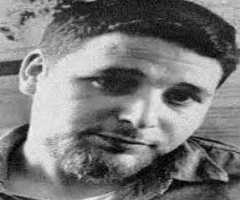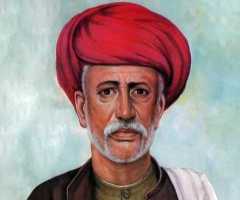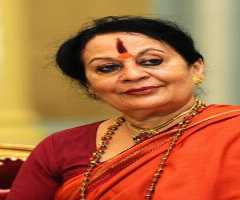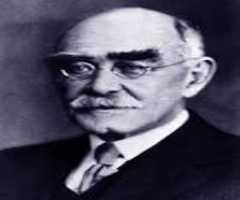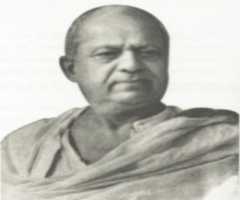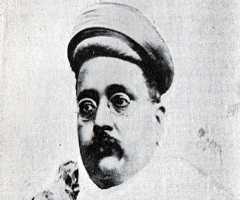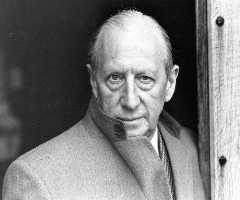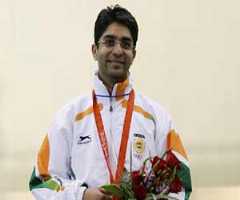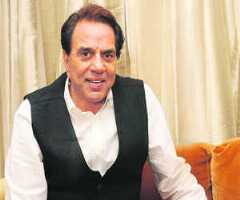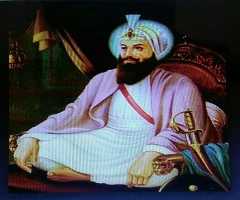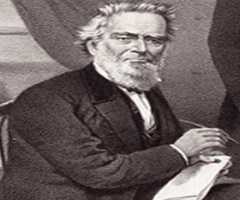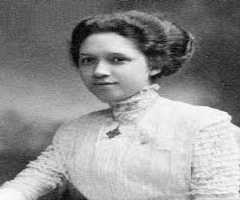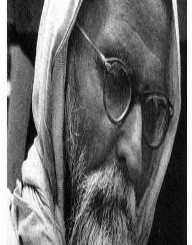
Vinoba Bhave Biography, Life, Interesting Facts
Vinoba Bhave aka Acharya hailed as a social reformer and an active supporter of human rights and non-violence. He willfully advocated for religious and spiritual norms. Though he came to join the Mahatma Gandhi’s struggle for India’s liberty, he didn’t hail much till the end of 1940. It was the same year that he got a seat as the leading member of Satyagraha campaigns.
During his tenure, Vinoba Bhave took the time to bring up a variety of programs that changed India’s welfare. One of his famous roles includes the Bhoodan-Gramdan Movement. It was there that he managed to sum up over a thousand acres of land. His undefined brilliance and creativity led him to receive a pseudonym name called The National Teacher of India.
Vinoba Bhave didn’t feel a pinch when he spent more time in prison. The reason behind this is that he was destined for greatness and peace with an escort of harmony was his cup of tea. He was consistently devoted to his work and serving the public was his self-motive.
Childhood and Early Life
On 11th, September 1895 a duo called Rukmini Devi and Narahari Shambhu Rao were blessed with their first born son in Maharashtra, Raigad. He was none other than Vinayaka Rao Bhave who was famously known by his moniker Vinoba. He hailed from a Hindu community called The Kokanastha Brahmin or The Chitpavan. At his tender age, Vinoba loved to spend time with his younger siblings whose father served as a weaver. His mother was known for her love for religion.
She inspired and influenced the mind and life of young Bhave. Rukmini encouraged her children to fathom further as well as to embrace religious norms. She was proud of Bhave who showed tremendous results in his studies. He loved mathematics to the core.
As an ardent reader, Vinoba Bhave kept himself busy by reading trending events and political ideals. It was during the launch of Banaras Hindu University that Gandhi’s speech inspired him and without further ado, he opted to follow Mahatma Gandhi’s political tradition.
In 1916, at 21 years of age, Vinoba Bhave opted to further his studies when he traveled to Bombay now called Mumbai. It was there that he participated in several interviews. After achieving profound results, Vinoba dropped all of his efforts to major in an Indo-European language called Sanskrit.
During his studies, Vinoba Bhave came across Gandhi’s old report that caught his attention to the core. It was the only letter that inspired him to send his greetings to Mahatma. Within a short pause, he met Bhave at Kochrab Ashram, Paldi. It was here that Bhave’s life changed for the better.
Career
Leaving his studies high and dry, Vinoba Bhave opted to settle in Gandhi’s Ashram where he tirelessly taught people the importance of embracing peace. His end aim was to improve the lives of people from all corners. He became an active member of Mahatma’s programs by establishing a modern education system. He also upgraded the livelihood of people including introducing adequate sanitation and hygiene.
While in Wardha Vinoba Bhave authored a monthly newspaper titled Maharashtra Dharma in the Marathi language. The paper trended due to its unique style of Sanskrit text called Upanishad. It was his first writings that lasted for more than two years. In 1925, upon Mahatma's Proposal, Vinoba went to Vaikom, Kerala where he managed and organized the Harijan's entry at Kerala’s temple.
From the 1920s to 1930s Vinoba Bhave saw himself behind bars, but he took this as a chance to rejuvenate his writing skills. While still in prison he penned down different scripts including Sthitaprajna Darshan, Ishavasyavritti, and Gitai. He also took the time to coach prisoners as well-informed scripture called Bhagavat.They were more than 100 Hindu scriptures that were later edited and published in a book called Talks on the Gita.
In the course of 1950s, Vinoba Bhave established some programs such as Kanchan-Mukti and Rishu-Kheti. In 1951 Vinoba opted to travel far and beyond to preach peace and harmony. It was during his tour that he decided to form a non-violence movement. He first started a movement called Bhoodan also known as a land gift. Here, he worked hard to improve the livelihood of people.
After achieving resounding results in Bhoodan movement, Vinoba Bhave was allowed to launch several programs. This is what paved the way for Gift of Wealth Movement (Sampatti-Dan); Gift of Labour called Shramdan and Army for Peace called Shanti Mean.
He also introduced a women’s community group in Paunar in Maharashtra. It was the only organization that helped tons of women to change and accept their livelihood. They practiced different skills such as farming and reciting poems.
It was in 1965 that Vinoba Bhave took the time to venture into religious journey such as Toofan Yatra where he completed after five years. This shows that his heart wept for nothing else than spiritual benefits. After his tour in 1969, he went back to Paunar where he announced his quest and thirst for religious norms.
Vinoba’s Major Works
The life and tale of Vinoba Bhave share a wide array of humanitarian works and religious ethics. He was majorly accepted because of his love for peace and harmony. But he mostly rose to fame when he established a movement called Bhoodan. It is believed that a thousand of villagers acquired lands through him. In other words, prosperous was his second name. Mind you, Vinoba walked on foot for more than a decade to spread his message of peace.
Personal Life and Achievements
It was in 1958 that Vinoba Bhave received the International Ramon Magsaysay Award for his Leadership Skill. In 1983 he received the Bharat Ratna Award. Throughout his life, Vinoba opted to remain as a bachelor. It was during his teenage experience that he vowed to abstain from any romantic relationship.
Before calling it quit to the world, Bhave went to stay at Brahma Vidya Mandir in Paunar. It was there that he breathed his last on 15th, November 1982.The cause of his death was due to lack of sufficient food according to Samadhi Maran rules. In his honor, a stamp was established under his name that was later released in 1983.
